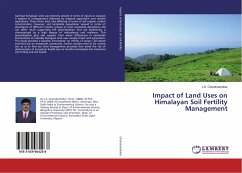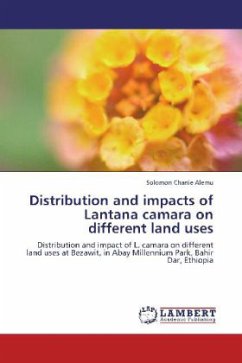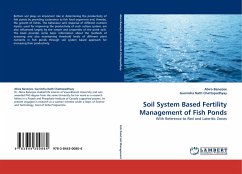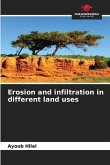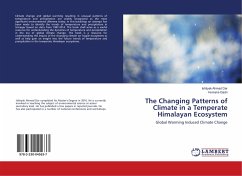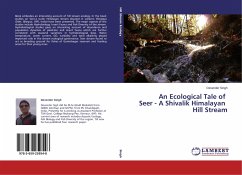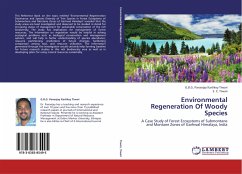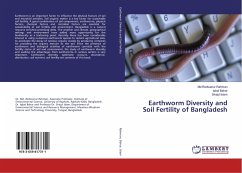Garhwal himalayan land use intensity viewed in terms of inputs or outputs is highest in homegardens followed by irrigated agriculture and rainfed agriculture. These three land uses differing in terms of soil organic carbon concentration, however, soil nematode population viewed in terms of abundance of different trophic groups or total nematode abundance did not differ much supporting the generalization that soil biodiversity is characterized by a high degree of redundancy and resilience. This generalization gets also support from minor differences in nematode communities of radically divergent land uses namely forest and agriculture. This study provides a baseline information on effects of season, soil depth and land use on nematode community. Further studies need to be carried out so as to find out land management practices that avoid the risk of deterioration of ecosystem health due to harmful nematodes but maintains soil fertility and soil health.
Bitte wählen Sie Ihr Anliegen aus.
Rechnungen
Retourenschein anfordern
Bestellstatus
Storno

